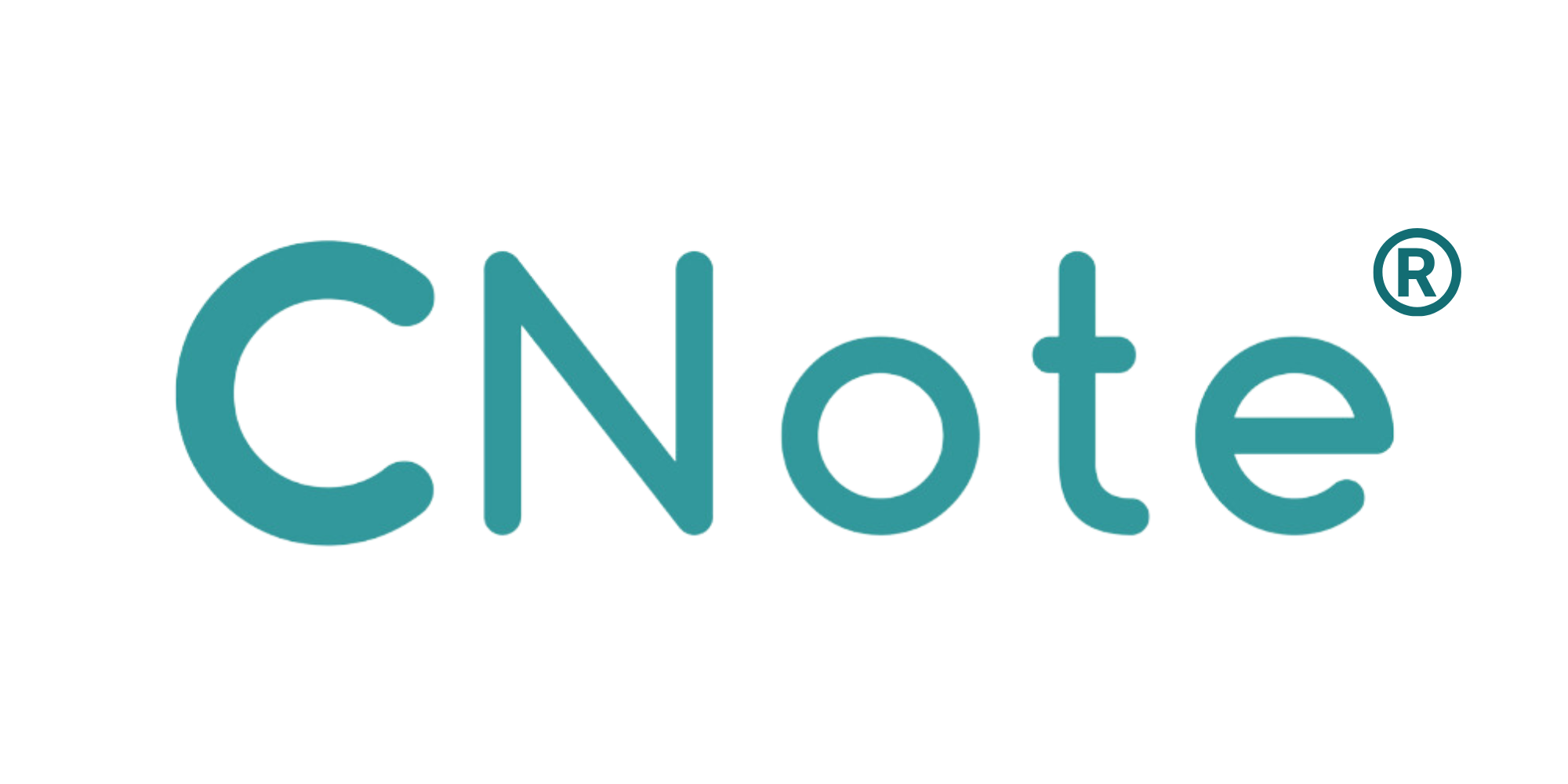What is a CDFI? Corporate treasurers are tasked with safeguarding liquidity, preserving capital, and managing risk in a rapidly shifting financial landscape. While large national institutions remain the default for many, Community Development Financial Institutions (CDFIs) offer an alternative that combines federally insured safety with diversification benefits. Certified by the U.S. Department of the Treasury, CDFIs are mission-driven banks, credit unions, and loan funds that direct capital into underserved markets (CDFI Fund).
What Is a CDFI?
A Community Development Financial Institution (CDFI) is a financial institution with a primary mission of promoting community development. To achieve certification, institutions must demonstrate that their core activities serve low-income and historically underserved populations (CDFI Fund).
Types of CDFIs include:
- Community banks (FDIC-insured)
- Credit unions (NCUA-insured)
- Loan funds (non-depository lenders for small businesses or housing finance)
- Venture capital funds (supporting entrepreneurs in underbanked markets)
Why CDFIs Matter for Corporate Treasurers
- Capital Preservation with Insurance
Deposits in CDFI banks and credit unions carry the same protections as deposits in national institutions, insured up to $250,000 per depositor, per institution, by the FDIC (FDIC Insurance) or the NCUA (NCUA Share Insurance). - Liquidity Options
CDFIs offer cash management opportunities that include overnight or short-term liquidity, ensuring that treasurers can maintain operational flexibility (CDFI Fund). - Diversification
By distributing deposits across a network of vetted community institutions, treasurers can reduce concentration risk while maintaining insured protection (Northern Trust). - Optional Impact Benefits
While not a requirement for treasury operations, some corporations value the ability to show that their deposits support small business growth, affordable housing, and local economic resilience. CDFIs can provide measurable reporting in these areas (Opportunity Finance Network)
Learn how CDFIs are used with Impact Cash.
How Capital Flows Through a CDFI
Capital placed with a CDFI is deployed into the local economy:
- Deposits in a CDFI credit union may be used to finance small business loans.
- A CDFI bank may extend mortgages that expand access to affordable housing.
- Loan funds may finance workforce development or community infrastructure projects (NCBI).
These activities strengthen local economies while preserving the financial principles corporate treasurers prioritize.
CDFIs and Corporate Cash Strategy
For corporate treasurers, CDFIs represent a practical tool for treasury management:
- Safe: FDIC- and NCUA-insured deposits protect principal.
- Flexible: Liquidity options support short-term and operational needs.
- Diversified: Deposits can be spread across multiple institutions to reduce risk exposure.
- Optional Reporting: For organizations that value measurable outcomes, CDFIs can demonstrate how capital supports economic inclusion.
Key Takeaway
A CDFI is not simply another financial institution—it is a federally recognized mechanism for delivering capital safely and effectively into underserved markets. For corporate treasurers, incorporating CDFIs into cash management strategies provides insured preservation of capital, liquidity, and diversification, with the additional option of measurable community benefits.


